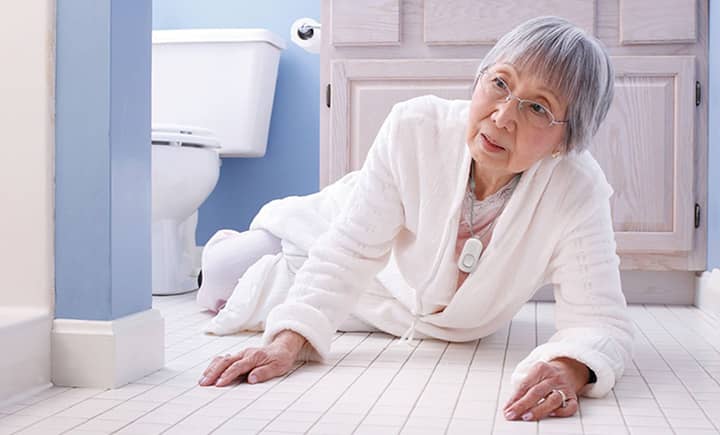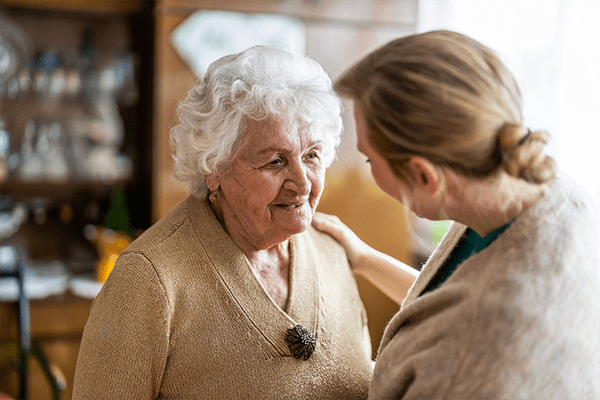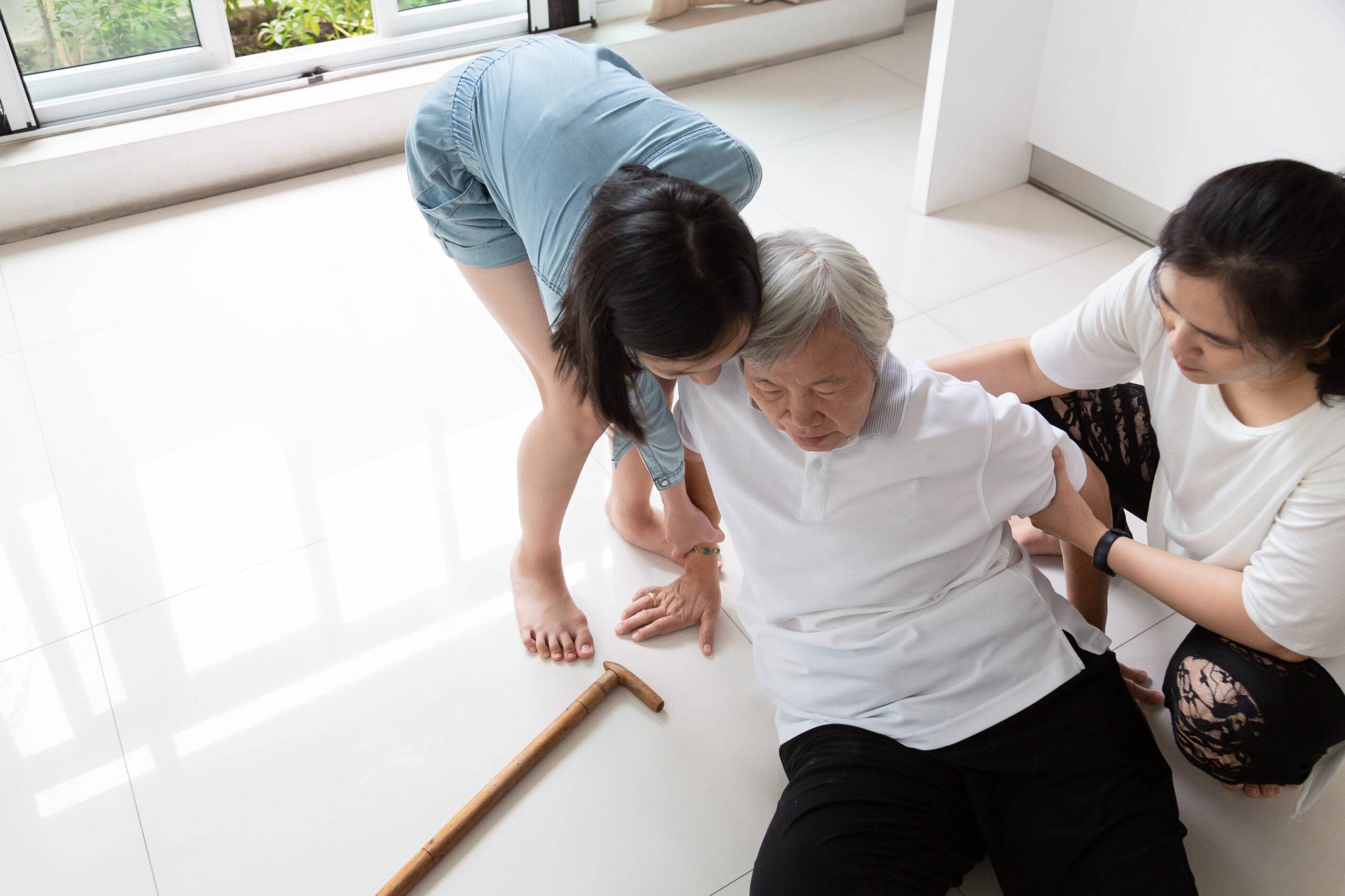In today’s fast-paced world, ensuring the safety of our loved ones, especially the elderly, is of paramount importance. Fall detection systems for independent living are devices designed to monitor and alert caregivers or medical professionals in the event of a fall. These systems are vital for maintaining the autonomy and safety of elderly individuals living alone.

Why Are Fall Detection Systems Essential?
The necessity for fall detection systems arises from the inherent risks associated with falls among seniors. According to the Journal of Ageing, falls are a leading cause of injury and hospital admissions among the elderly. By detecting falls promptly, these systems can significantly reduce the time between the fall and when help arrives, potentially saving lives.
Types of Fall Detection Systems
Wearable Devices
Wearable devices such as smartwatches or pendants are common forms of fall detection technology. These devices are equipped with sensors that can detect sudden movements or impacts, triggering an alert to designated contacts.
Non-Wearable Systems
These systems include motion sensors and cameras installed in strategic areas within the home. They offer the advantage of not requiring the individual to wear or carry a device, making them ideal for those who might forget or refuse to wear a wearable device.
Benefits of Fall Detection Systems for Independent Living
One of the primary benefits is peace of mind for both the individual and their family. Knowing that there is a system in place to alert someone in case of a fall can greatly reduce anxiety. Additionally, these systems can help maintain the individual’s independence, as they provide assurance that help is readily available if needed.
Enhancing Quality of Life
By providing a safety net, fall detection systems allow seniors to continue living independently without constant supervision. This autonomy can enhance their quality of life, allowing them to engage in daily activities with confidence.
Choosing the Right System
Selecting the appropriate fall detection system involves considering several factors, including the individual’s lifestyle, the design of their home, and their personal preferences. It’s important to choose a system that is user-friendly and reliable.
Factors to Consider
When choosing a system, consider the ease of use, battery life, coverage area, and whether the system requires a subscription or additional fees. For some insights on the best options, visit this fall detection devices guide.
Implementation and Setup
Once a system is chosen, proper installation and setup are crucial. Many systems offer professional installation services, but DIY options are also available for those who prefer to set up the system themselves.
Ensuring System Effectiveness
To ensure that the system operates effectively, regular testing and maintenance are recommended. This includes checking the battery status, updating software, and ensuring that contact information is current.
Challenges and Considerations
While beneficial, fall detection systems are not without challenges. False alarms can occur, and some users may find wearable devices uncomfortable or intrusive.
Overcoming Challenges
To address these issues, it’s important to select a system with a high accuracy rate and to educate the user on how the system works. Regular communication with the service provider can also help address any concerns or technical issues.
Future of Fall Detection Technology
The future of fall detection technology is promising, with advancements such as AI and machine learning being integrated into new systems, improving their accuracy and reliability.
Innovations on the Horizon
Developments in sensor technology and data analytics are paving the way for more sophisticated fall detection systems that can predict and prevent falls before they occur. For more on technological advancements, see fall technology in nursing homes.
Conclusion
In conclusion, fall detection systems for independent living play a crucial role in enhancing the safety and independence of seniors. By providing timely alerts and peace of mind, they offer a valuable solution for those who wish to live independently while ensuring their well-being.

FAQs
How do fall detection systems work?
Fall detection systems use sensors to detect sudden movements or impacts that indicate a fall. They then send alerts to designated contacts for assistance.
Are there any subscription fees for using these systems?
Some systems require a subscription fee for monitoring services, while others do not. It’s important to review the terms before purchasing. More details can be found here.
Can these systems be used outside the home?
Yes, many wearable systems are designed to be used both inside and outside the home, providing continuous protection wherever the individual goes.
This article contains affiliate links. We may earn a commission at no extra cost to you.






